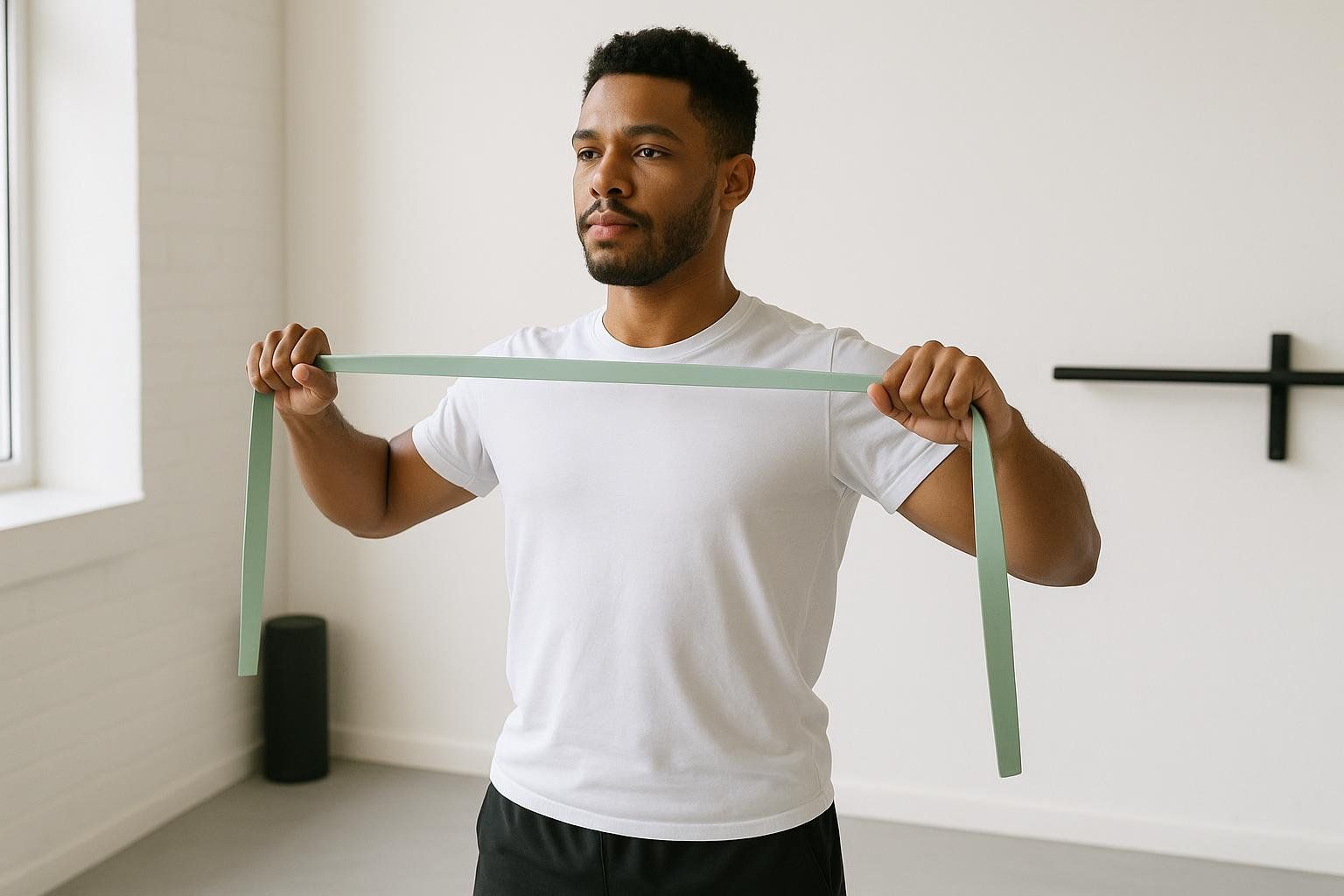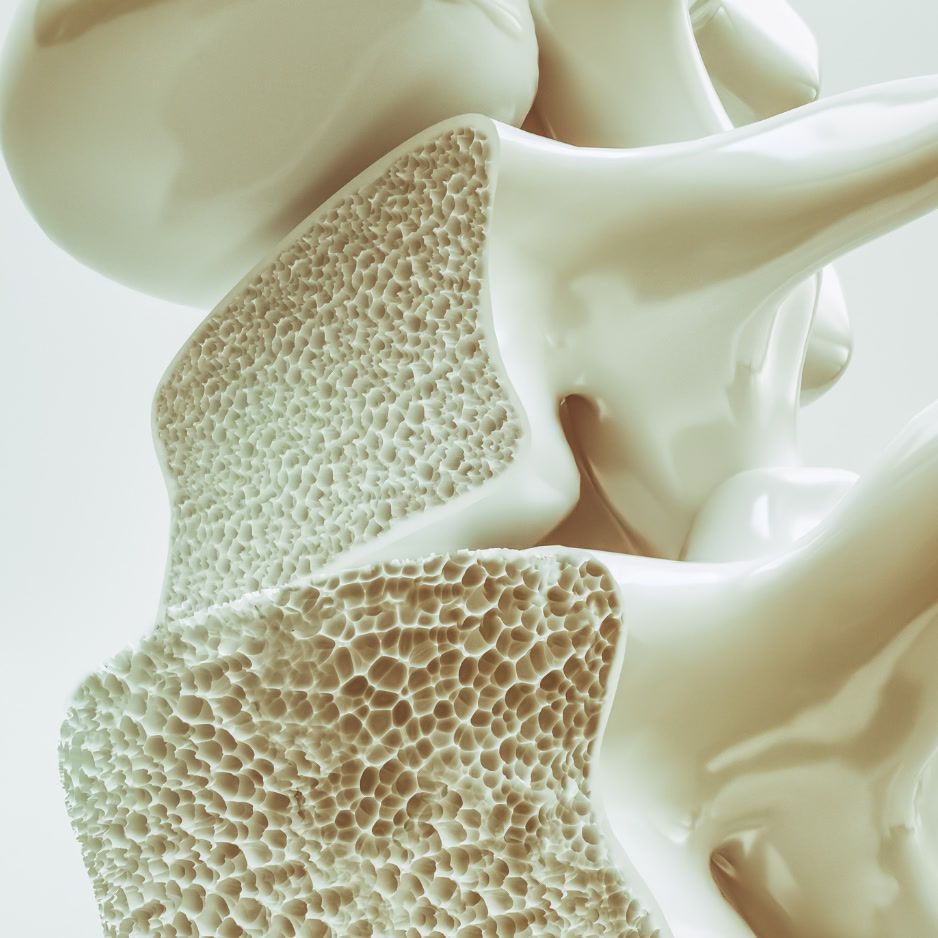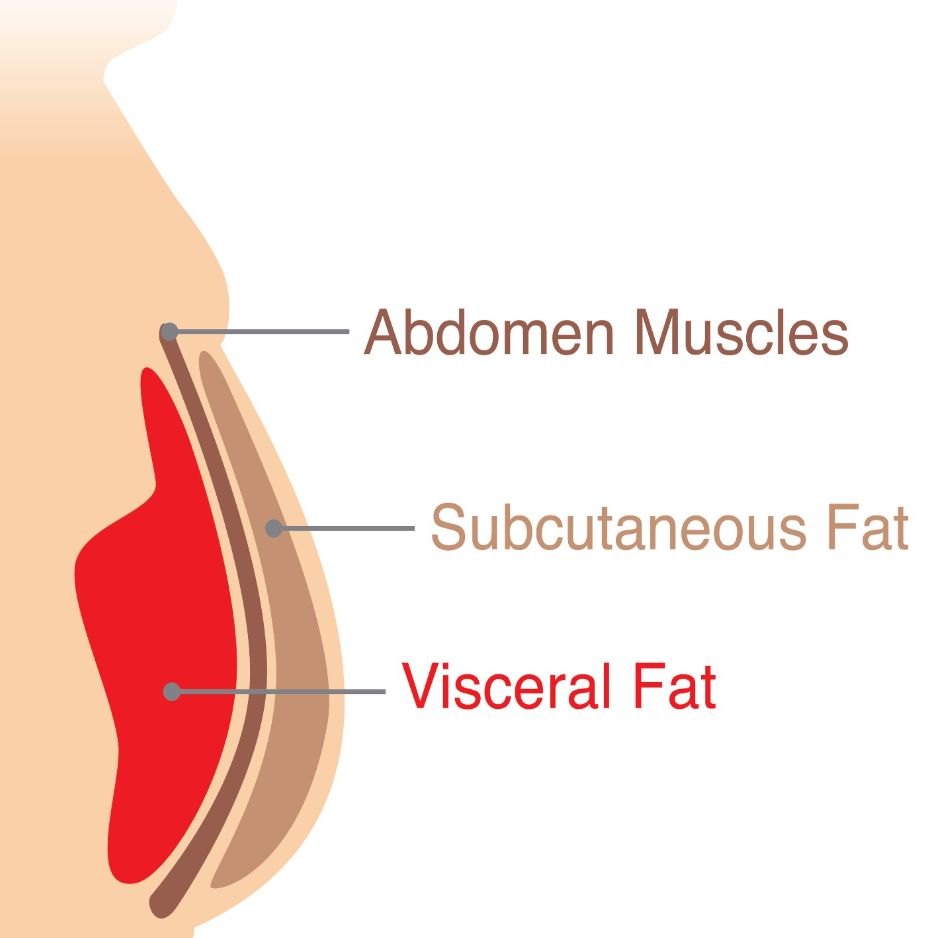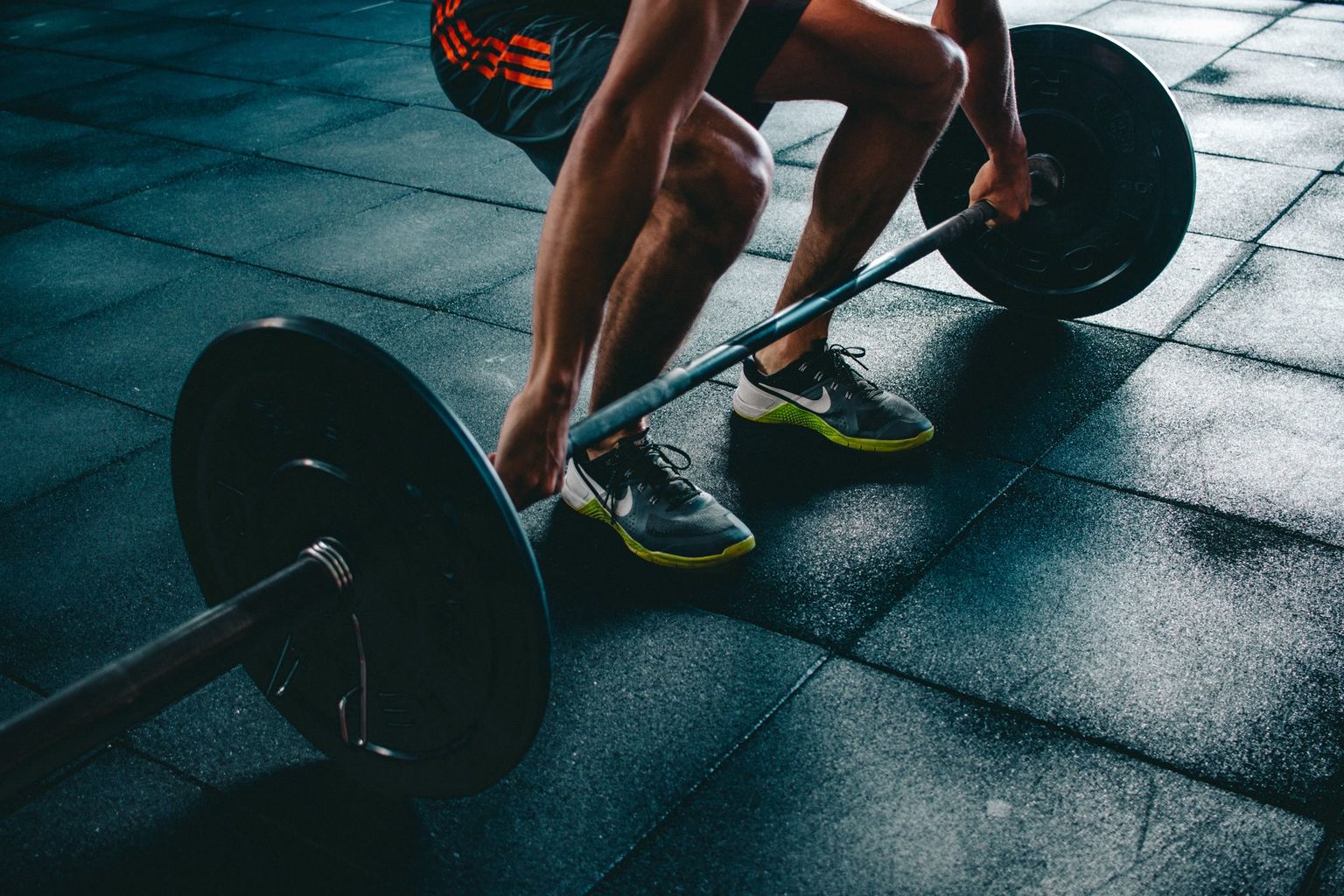Pull Day Workout: Routines for Back & Biceps

Pull Day Workout: 4 Routines for Back & Biceps
Build a stronger, wider back and bigger biceps with a pull day you can actually stick to.
Below you’ll find quick-start exercise lists, tiered routines (beginner → advanced), a time‑crunched option, technique cues that protect your shoulders and elbows, and an 8‑week progression plan—backed by research and tuned for real‑world schedules.
Quick answer: If you searched for a “pull day workout,” here’s a fast, effective plan you can run today (45–60 minutes):
- Pull‑Up or Lat Pull‑Down — 3–4 × 6–10
- Barbell or Chest‑Supported Row — 3–4 × 6–10
- Single‑Arm DB/Cable Row — 3 × 8–12/side
- Face Pull or Rear‑Delt Fly — 2–3 × 12–15
- Incline DB Curl or Bayesian Cable Curl — 2–3 × 8–12
Work around RPE ~8 (0–2 reps in reserve), rest 2–3 min on heavy pulls and 60–90 s on accessories. Warm up for 3–5 minutes (see below), then go.
What is a pull day (and what muscles does it train)?
A pull day groups exercises where you pull weight toward you. Main targets: lats, rhomboids, traps, rear delts, and biceps. You’ll also train forearms and spinal erectors depending on what you pick. Want a quick anatomy tour (with what actually moves your shoulder blades)? Check our Back Muscle Anatomy Guide.
The Top 5 Pull Day Exercises (with sets, reps, and RPE)
Use this short list when you want a no‑drama session that still hits the big rocks. Keep most sets with 0–2 reps in reserve (RPE ~8–9). Rest ~2–3 minutes on heavy compounds and 60–90 seconds on accessories. Longer rests help you lift more total weight and can boost strength and size over time (longer rest periods boost strength and size).
- Vertical Pull — Pull‑Up or Lat Pull‑Down
- 3–4 × 6–10 reps @ RPE 8
- Cues: chest tall, ribs down, “elbows to back pockets.”
- Horizontal Row — Barbell or Chest‑Supported Row

- 3–4 × 6–10 reps @ RPE 8
- Cues: hinge so torso is ~45–60° forward; row to low ribs; 1‑count pause.
- Single‑Arm Row — DB or Cable
- 3 × 8–12 reps/side @ RPE 8
- Cues: keep hips square; avoid shrugging; control the lowering.
- Rear‑Delt/Scapular Health — Face Pull or Rear‑Delt Fly (cable/DB)
- 2–3 × 12–15 reps @ RPE 8
- Cues: pull to nose/forehead; lead with elbows; feel the rear delts.
- Biceps Isolation — Incline DB Curl or Bayesian Cable Curl
- 2–3 × 8–12 reps @ RPE 8
- Cues: keep elbows slightly behind the torso for a strong lengthened‑range stimulus; learn setup in our Bayesian Curl Guide.
Grip fatiguing early? Totally normal on pull days. Use chalk or straps on your heaviest sets, then train grip 2–3×/week with the progressions in our Grip Strength Guide.
Warm‑Up (3–5 minutes)
A quick dynamic warm‑up boosts readiness without zapping energy. Try:

- 30–45 s arm circles + band pull‑aparts
- 30–45 s scapular pull‑ups (shrug/de‑shrug from a dead hang)
- 2 ramp‑up sets of your first pull (8–10 reps light, then 5–6 reps)
Want more options? Steal sequences from our Dynamic Warm‑Up (11 Exercises).
Pick Your Program
Here’s the simple truth: volume drives growth—up to your recovery limit (more weekly sets generally grow more muscle). Frequency is flexible: with total volume equal, once vs. twice per week per muscle builds similar size—so choose what you can recover from and repeat consistently (equal volume means similar growth regardless of frequency).
Start with a weekly volume of 10–12 hard sets for your back muscles in total, plus dedicated work for biceps. If recovery allows, gradually increase toward 14–20 weekly sets per major muscle group. The beginner plan below lands squarely in that starting range.
Beginner Pull Day (45–55 minutes)
- Pull‑Up or Lat Pull‑Down — 3 × 6–10
- Chest‑Supported Row (or Seated Cable Row) — 3 × 8–12
- One‑Arm DB Row — 3 × 8–12/side
- Face Pull — 2 × 12–15
- Incline DB Curl — 2 × 10–12
Rest 2–3 minutes after heavy pulls; 60–90 seconds on accessories. New to gauging effort? Our RPE Guide keeps it simple.
Time‑Crunched (30–40 minutes, minimal equipment)
Perform A1 and A2 back‑to‑back with no rest between them. After completing A2, rest 60–90 seconds. Repeat for the prescribed number of sets before moving to the B superset (same pattern).
- A1) Banded Lat Pulldown (use a door anchor if needed) — 3 × 10–15
- A2) Band or DB Curl — 3 × 12–15
- B1) One‑Arm DB Row — 3 × 10/side
- B2) Rear‑Delt Fly (band/DB) — 3 × 15
- End with: C) Dead Hang or Scapular Pull‑Ups — 2 × 30–45 s
Intermediate Strength + Size (55–65 minutes)
- Weighted Pull‑Up or Heavy Lat Pull‑Down — 4 × 5–6
- Barbell Row — 4 × 6–8
- Chest‑Supported DB Row — 3 × 8–10
- Cable Face Pull — 3 × 12–15
- EZ‑Bar Curl (or Bayesian Curl) — 3 × 8–12
Advanced Back Thickness & Width (70–85 minutes)
- Weighted Pull‑Up — 4 × 5–6
- Pendlay Row or T‑Bar Row — 4 × 6–8
- High‑to‑Low Cable Row (kneeling) or Single‑Arm Pull‑Down — 3 × 8–12
- Chest‑Supported Row — 3 × 8–10
- Rear‑Delt Fly or Face Pull — 3 × 12–15
- Incline DB Curl or Bayesian Curl — 3 × 8–12
- Deadlift (conventional or sumo) — 3 × 3–5 (optional; consider placing on leg day if lower‑back fatigue limits pull volume)
Rest 2–3 minutes on heavy compounds and 60–90 seconds on accessories.
8‑Week Progression (double progression)
- Weeks 1–2: Learn technique; finish most sets with ~2 reps in reserve (RPE ~8).
- Weeks 3–4: When you hit the top of a rep range across all sets, add 2.5–5 lb (DB/cable) or ~5 lb (barbell).
- Week 5: Add 1 set to your first compound pull exercise (e.g., your pull‑up/lat pull‑down or first row) if recovery is solid.
- Week 6: Push compounds to RPE ~9 (0–1 RIR) while keeping accessories at RPE 8.
- Week 7: Hold loads and chase small rep PRs with clean form.
- Week 8: Deload volume by ~30–40%, keep 2–3 RIR, and refresh.
For hypertrophy fundamentals, see The Ultimate Guide to Hypertrophy.
Technique cues that protect shoulders, elbows, and low back
- Pull‑Ups/Lat Pull‑Downs: set shoulder blades “down and back,” avoid yanking from the bottom, and keep ribs down so you don’t turn every rep into a backbend.
- Rows: hinge with a neutral spine; think “chest to bench” on chest‑supported rows to keep lats engaged instead of shrugging everything into upper traps.
- Biceps Curls: keep elbows near ribs; don’t swing. Lengthened‑range curls (incline/Bayesian) can be a powerful growth stimulus when controlled.
- Deadlifts: brace, keep the bar close, and use straps if grip is the bottleneck (then train grip separately).
How pull day fits your week
- 3‑Day PPL: Mon Push • Wed Pull • Fri Legs (beginner‑friendly)
- 4‑Day Push–Pull: Mon Push A • Tue Pull A • Thu Push B • Fri Pull B
- 6‑Day PPL×2: Push • Pull • Legs • Push • Pull • Legs (advanced)
See examples and templates in our Push‑Pull Split Guide, plus complementary days: Push Day Workout and Leg Day Workout Routines.
Nutrition, recovery, and rest intervals (quick hits)

- Protein: Research suggests that for most lifters, muscle growth is maximized at intakes around ≥1.6 g/kg/day; going far beyond doesn’t add more during resistance training when protein is already adequate (evidence summary).
- Rest intervals: For heavy compounds, ~3 minutes between sets can improve strength and hypertrophy vs. 1 minute.
- Training frequency: Once vs. twice per week per muscle yields similar growth if weekly volume matches—organize your split around life and recovery.
- Progression rule of thumb (ACSM): When you can exceed target reps, increase load ~2–10% (as recommended by the ACSM).
FAQs
-
What muscles does a pull day target?
Primarily lats, rhomboids, traps, rear delts, and biceps; forearms and spinal erectors get secondary work depending on exercise choice. See anatomy here: Back Muscle Anatomy Guide. -
How often should I run pull day?
1–2×/week works well. If weekly set volume is the same, once vs. twice per week produces similar growth—pick what you can recover from consistently. -
How many exercises do I need?
Four to six is plenty: 2–3 compound pulls, 1–2 rear‑delt/scapular health moves, and 1–2 curls. -
Where do deadlifts belong—pull or leg day?
Either works. If lower‑back fatigue limits your rows, move deadlifts to leg day and emphasize chest‑supported rows here. -
My grip gives out—should I use straps?
Yes, as a tool to keep training the back when grip is the limiter. Still train grip separately with carries, hangs, and pinch work, as shown in our Grip Strength Guide.
Track real changes with DEXA (not just the mirror)
When your goal is a bigger back and arms, the scale can’t tell you what actually changed. A BodySpec DEXA scan quantifies lean mass by region (arms, trunk), fat mass, bone density, and even visceral fat—so you can verify your pull day is moving the right numbers.
- New to DEXA? Start here: DEXA Body Scan: Complete Guide
- See how we ensure consistent results: BodySpec DEXA Scan Accuracy Guide
- Learn to read your report: Interpreting DEXA Results: T‑Score, Z‑Score, and Body Composition
- Ready to get data you can act on? Book your scan in minutes.
Consider a baseline scan now and a re‑scan in 8–12 weeks to measure progress objectively.


